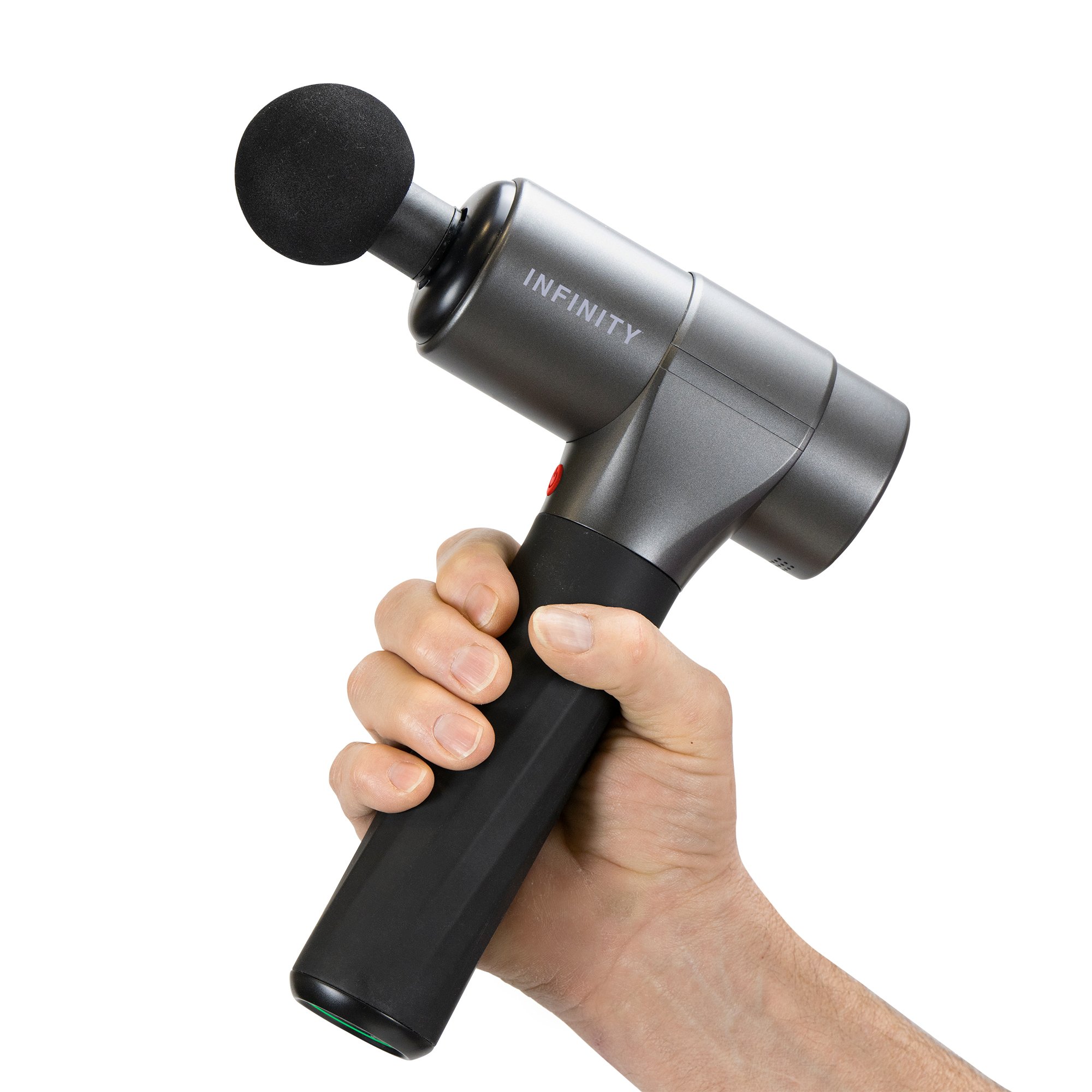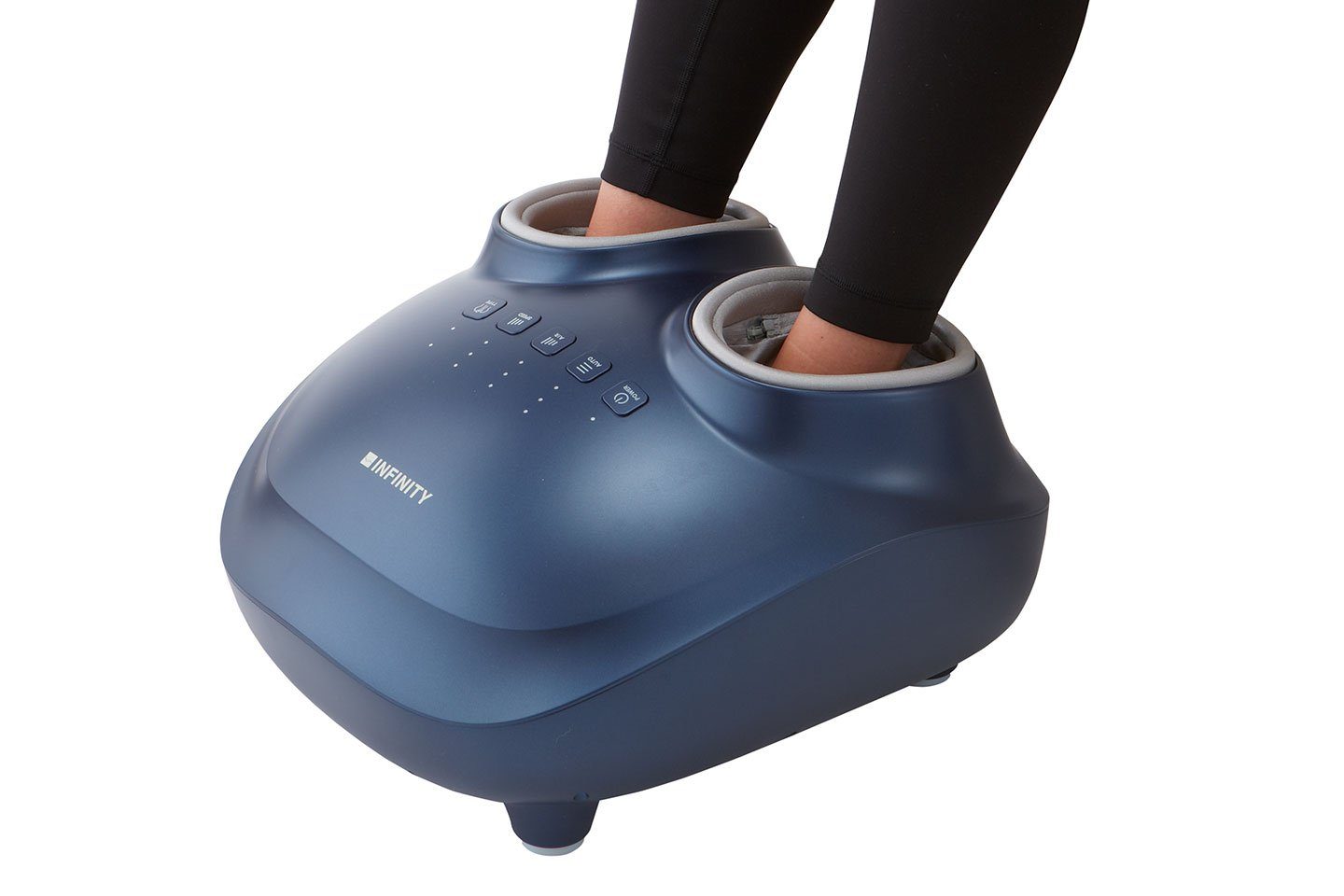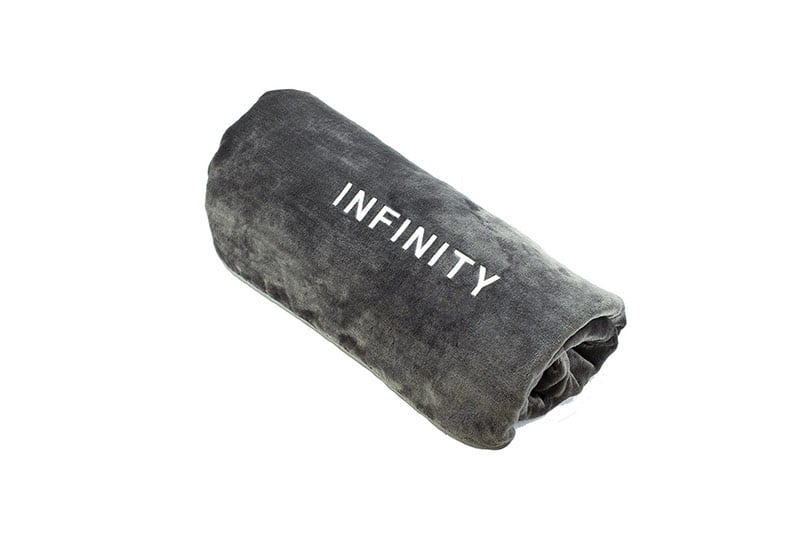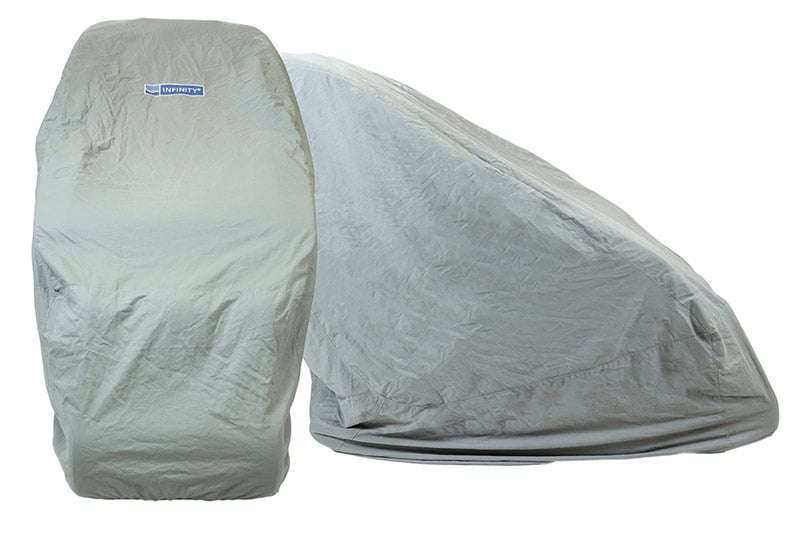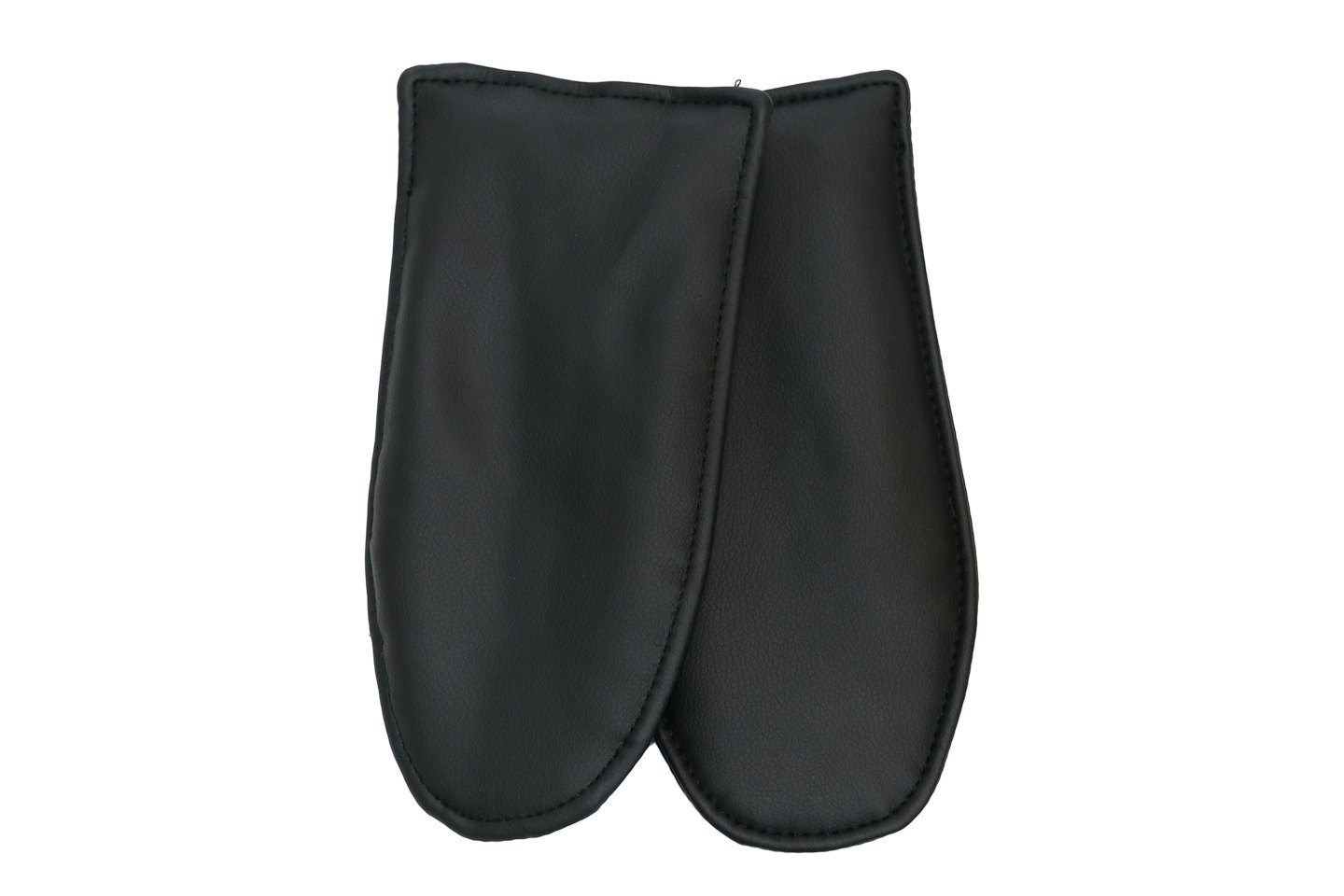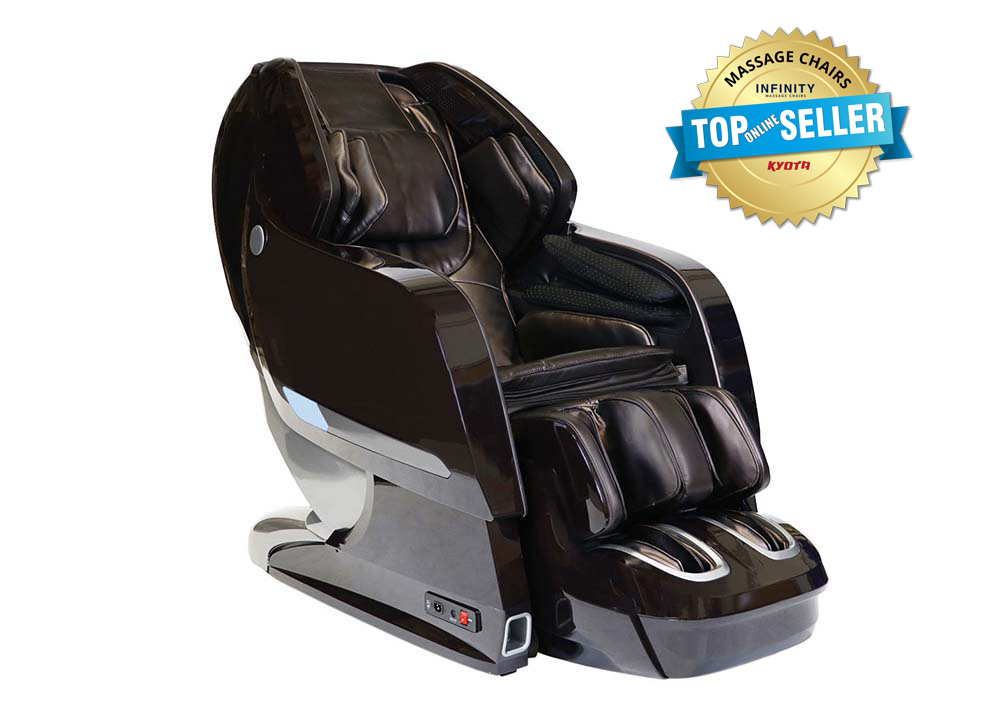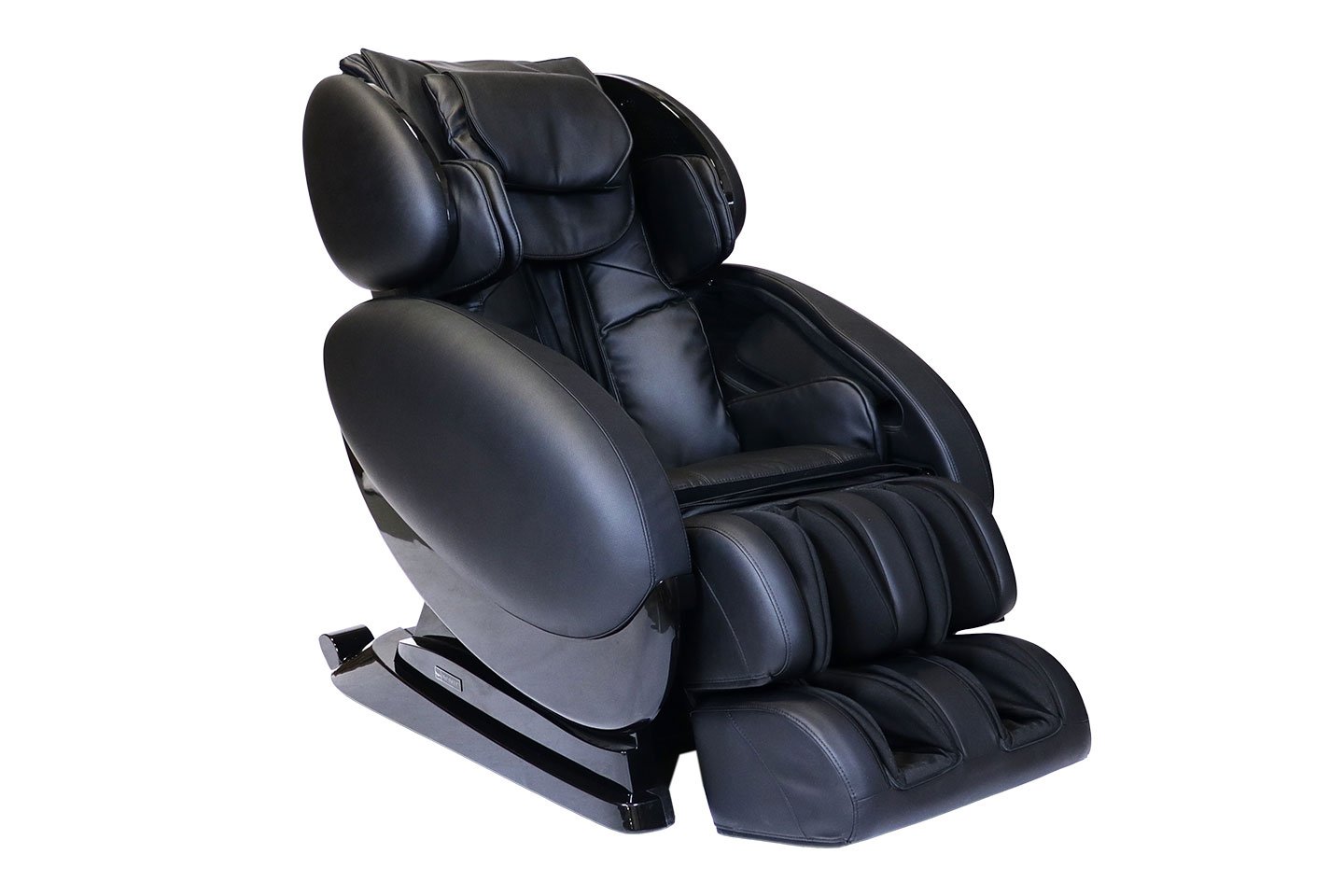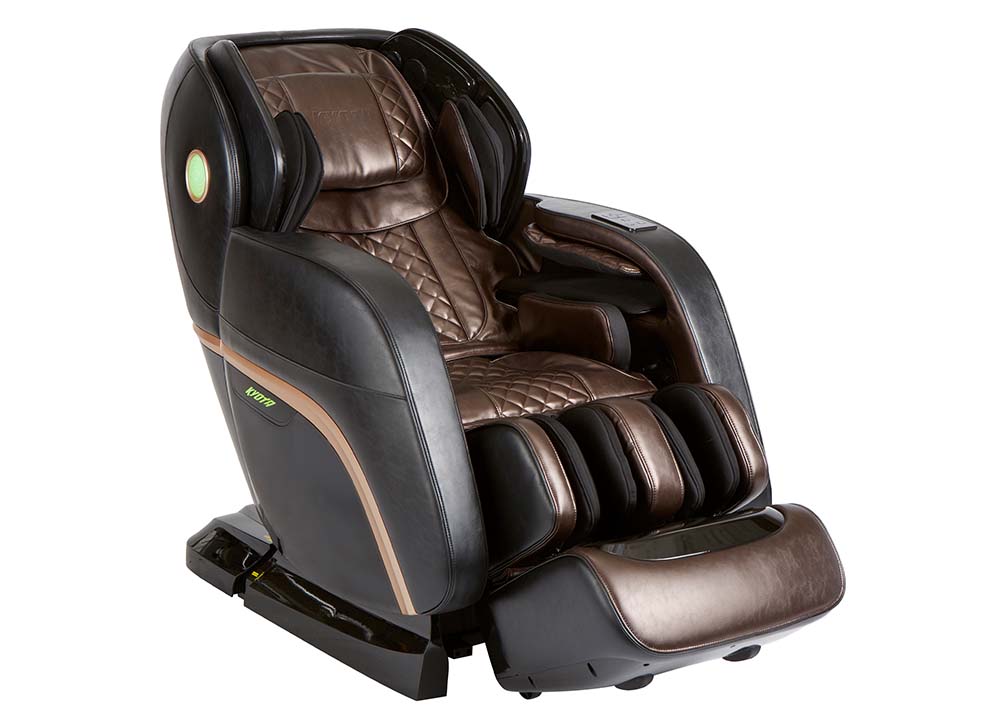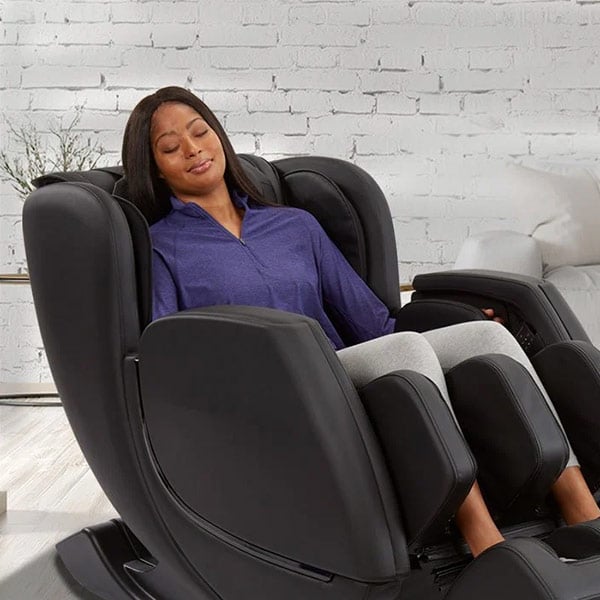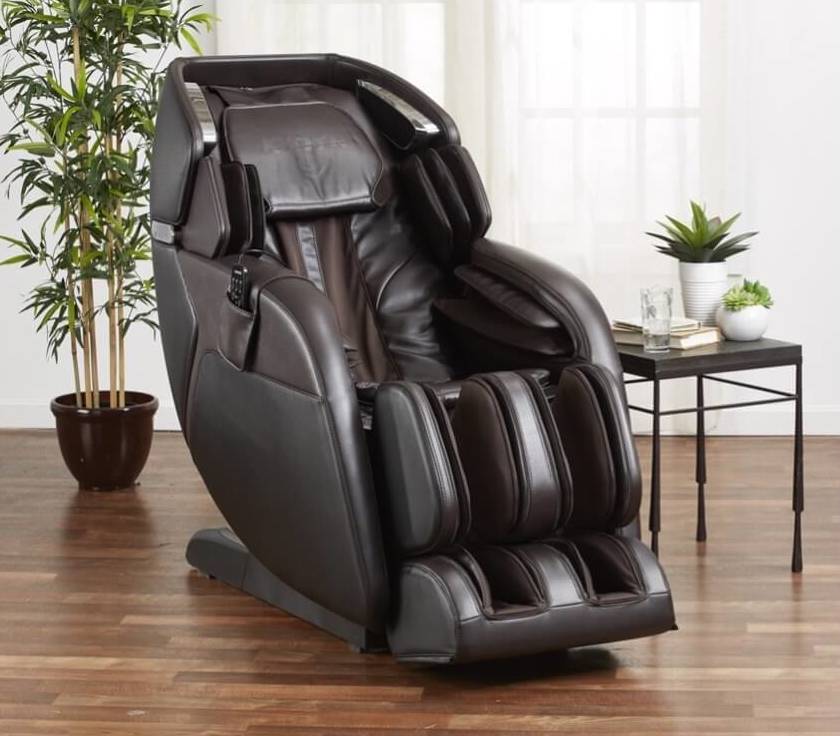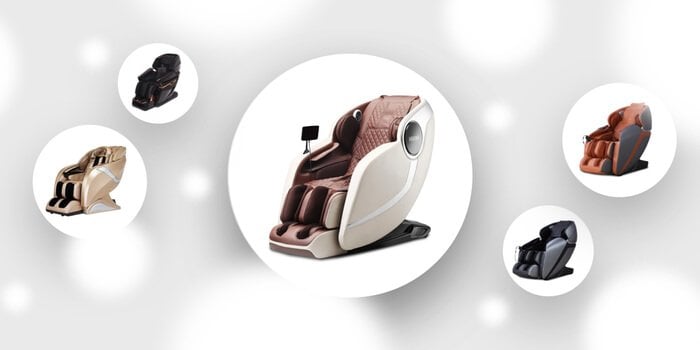A Guide to Massage for Sciatica
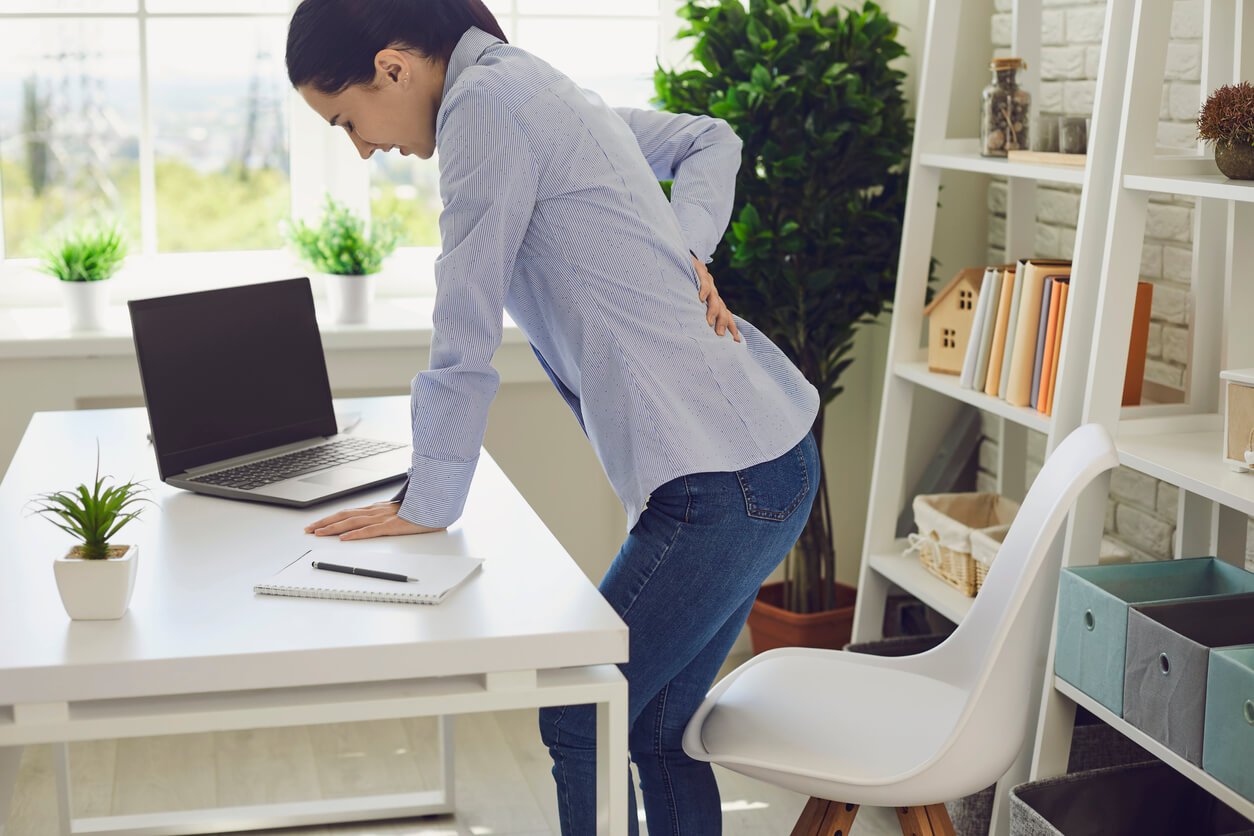
If you experience lower back pain, you’re not alone — a study from the World Health Organization estimated that between 60-70% of people in industrialized countries will experience some form of lower back pain in their lives. If your pain radiates from the lower back down along one leg and also causes numbness, tingling or weakness then you might be one of the 40% of people worldwide suffering from sciatica.
Fortunately, there are effective treatments to help alleviate the pain and discomfort caused by sciatica, one of which is massage. Massage has been shown to provide many benefits for general health, and several of those benefits can help treat sciatica. If you or someone you know are currently experiencing symptoms of sciatica, this is your guide for helpful tips and resources.
What Is Sciatica?
Sciatica is the “catch-all” term for any pain that extends along the sciatic nerve. One of the longest and thinnest nerves in your body, the sciatic nerve extends from just above the buttocks on the lower back, past the hips and down each leg, ending just below the knee.
Direct injury to the sciatic nerve is rare, but the term sciatica is used to describe any pain and discomfort within that area, which may have a few different causes. Some of the more general conditions that can cause sciatica include:
- Lumbar spinal stenosis – When the bony cavity that holds the spinal cord begins to decay and narrow, which can be common in older patients.
- Piriformis syndrome – A tightening of the piriformis muscle, which lies deep in the buttocks, compressing the nerve roots and irritating the nerve.
- Spondylolisthesis – A forward or anterior displacement of a vertebra, knocking it out of line with the vertebrae directly above or beneath it, resulting in the spinal bone pinching the sciatic nerve.
- Herniated vertebral disk – This is the most common form of sciatic pain. Between every vertebra is a cushioning disk with a gel-like center. When something causes a disk between vertebrae to herniate, or slip and stick out, it can put pressure on the sciatic nerve.
If not caused by genetics, conditions like these are often caused by trauma due to injury or physical stress over time. Sciatic nerve pain can range from mildly uncomfortable to acute and severe, but is distinctive because it usually only affects one side of the body, ranging from the lower back down the length of one leg. The other symptoms of sciatica include:
- Pain that worsens with movement of the legs, or prevents movement
- A numbness or weakness in the lower back, buttock, leg or foot
- A “pins and needles” tingling sensation in the legs, toes or feet
Interference with daily activities, making standing, walking or sitting difficult
Am I at Risk for Sciatica?
Everyone is at risk of sciatica, since the natural wear-and-tear of physical activity is likely to eventually cause some shifting or breakdown of bones, disks and ligaments. The good news is that these types of injuries are often short lived, and can get better with rest and home treatment.
There are some of the conditions that are understood to increase your risk of sciatic nerve pain:
- Anyone over the age of 30 is more prone to suffering injury or having degenerative conditions like arthritis.
- Partaking in strenuous activities that involve heavy lifting, whether for a job, sport or workout.
- Sitting for long periods of time can cause muscles around the nerve to become stiff and inflexible.
- Being overweight puts more pressure on your spine and back muscles.
- Having diabetes puts you at greater risk for suffering nerve damage, which includes the sciatic nerve.
- Smoking tobacco weakens spinal tissue and bones.
- In the later stages of pregnancy, certain hormones are released that loosen ligaments; also the effort of carrying the baby may stress the spine and back muscles.
Can I Treat My Sciatica?
In general, light to moderate sciatic nerve pain can be treated with regular self-care at home. When you first experience sciatica, consider these three self-care remedies:
Apply cold and heat – Heat helps muscles relax and cold reduces swelling and pain. Start with applying a cold pack directly to the affected area for about 20 minutes, and then move to heat. Continue switching, or stay with whichever best relieves the pain.
Take over-the-counter medication – Over-the-counter pain relievers and anti-inflammatories will help relieve the acute pain and allow you to move around. If you’re sensitive to aspirin, try ibuprofen or acetaminophen.
Do gentle stretches and target massage – Muscle tightness around the sciatic nerve is a common cause of sciatica, so any physical treatment that loosens muscles will help relieve discomfort and return your mobility. Take care! Talk to a physical therapist, massage therapist or physician to learn proper stretching techniques. If you overexert yourself you’ll risk making things worse.
These suggestions are only for cases of mild-to-moderate sciatica. If you experience severe pain, or if the discomfort persists for an extended period of time (usually several weeks), then you’ll need to consult with your primary physician. It’s possible you may have one of the more severe conditions that cause sciatica and may require professional treatment or even surgery.
Get Your Free Ebook: Discover Effective Ways to Manage Sciatica Pain

How Can Massage Relieve Sciatic Nerve Pain?
Massage therapy has been shown to be an effective way to relieve pain, and can specifically help to alleviate lower back pain.
When your core and lower back muscles are tight, they can apply pressure to the sciatic nerve or can trigger points around the nerve. Massage helps to soothe tense muscles and loosen knots, which relieves pressure on the nerve. Massage also stimulates the release of endorphins and can reduce the level of the stress hormone cortisol. This combination of effects can boost feelings of pleasure and provide pain relief and relaxation to aid in recovery.
Types of Massage for Sciatica
Different types of massage can impact the body in different ways. The following massage therapy techniques can help to address sciatica.
- Deep Tissue Massage – Consisting of slow strokes and deep pressure, this style reaches deep into muscles, tendons and tissue to release tightness and knots. It is the most popular massage method for treating lower back pain.
- Swedish Massage – Using less pressure than deep tissue, Swedish massage stimulates nerve endings in connective tissues to release tension and promote relaxation.
- Myofascial Release – This style aims to relieve pain in myofascial tissues, which is the membrane that supports and surrounds muscles. Myofascial release works by stretching trigger points to reduce pain and stiffness.
- Neuromuscular Massage – Also known as trigger point therapy, this technique applies more intense direct pressure to knots and pressure points that hold tension and pain. By directly targeting these areas, muscles relax and pain subsides.
Massage therapists are able to provide targeted and customized treatment on specific areas around the sciatic nerve to help alleviate stress and pain. Unfortunately, travelling to a therapist can be challenging when suffering from sciatica and making regular visits with a massage therapist can be costly and time consuming. Fortunately, there are massage for sciatica options that can be more convenient and cost-effective.
Sciatica DIY Massage
The simplest ways to receive a home massage would be through a self-administered DIY massage. Consider some of these home remedies if you’re experiencing sciatic pain:
- Tennis Ball Massage: Attach two tennis balls to each other with duct tape or stack them in a sock. Targeting the sore areas, place the balls under your lower back or upper thighs while you lie flat on the floor. Gently move your body over the balls and press down on the affected areas to relieve muscle tension.
- Ball and Chair Massage: Place a single tennis ball on the back of a chair and slide your lower back up and down against it. Keeping a straight back, lean back to apply pressure onto the area to loosen up the muscles.
- Palm and Thumb Massage: Position your hands at waist height, wrap your fingers around your sides and press your thumbs into the outer edges of the muscles toward your lower spine. Find the affected area with your thumbs and apply firm pressure, slowly massaging towards the spine.
- Sitting Spinal Stretch: Sit on the ground with your back straight and legs outstretched. Bend your right leg and cross it over your left knee, placing your right foot flat on the floor. Slowly turn your torso to the right, stretch your right arm straight behind you and place the palm on the floor behind your back. Turn until your left elbow touches your right knee and hold the position for 30 seconds. Return to neutral and then repeat with the left leg.
You can also apply heat or medicated creams and gels to the affected area after a massage or stretch to help relieve pain. If it’s difficult to reach the affected areas on your own, or if you’re prone to frequent – but not serious – sciatica, it can be beneficial to purchase home massage equipment.
Ways To Receive Home Massage For Sciatica
- Massage chairs: Massage chairs feature extensive personalization capabilities to deliver a full body massage, but are especially good for sitting at rest while receiving a massage on the lower back and upper legs. Modern features include zero gravity recline, stretching programs, multiple heat levels and even different pressure levels and techniques to provide the desired massage therapy.With no additional travel time or per-session fee required, a massage chair can save you money compared with frequent visits to a massage therapist. If you prefer a full-body massage experience in the comfort of your own home, then a massage chair is a great option.
- Massage guns: The most conveniently portable option for massage therapy, massage guns can target your lower back, or any area of your body, with the push of a button. These devices are the most inexpensive option and can travel anywhere to provide relief. There are a few drawbacks, as they don’t apply heat, have fewer pressure levels and can’t reach areas that you can’t reach yourself.
Bring Massage Therapy for Sciatica Home
If you’re looking for a safe and regular massage solution to assist with sciatic nerve pain, then the certified specialists at Massage Chair Store are happy to help. Our team is ready to talk with you about your specific needs through a free consultation. Let’s discuss your options and find your ideal massage therapy product.

